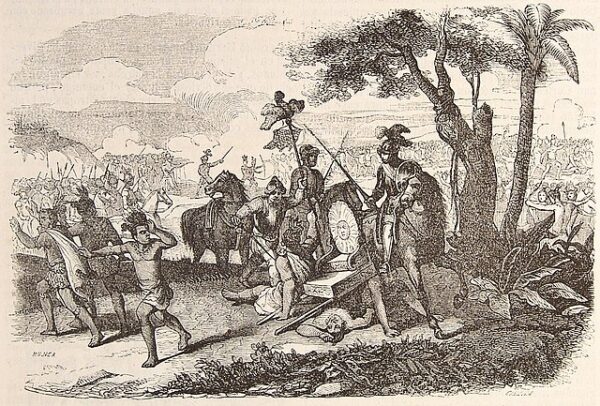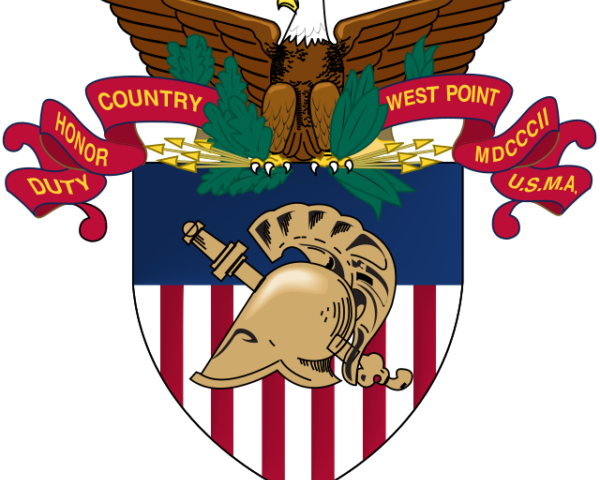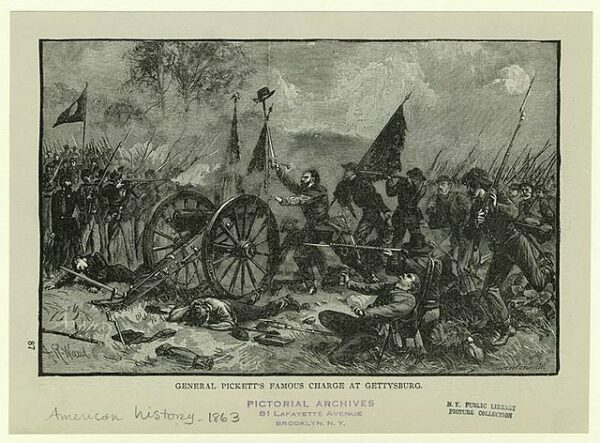On July 7, 1520, the Spanish and Aztecs fought a battle that would forever change the Western Hemisphere. The Battle of Otumba became a crucial turning point in the Spanish conquest of Mexico and determined the fate of Hernán Cortés and his expedition.
In 1519, Hernan Cortes, at the head of an army of some 600 conquistadors, began the audacious conquest of the Aztec Empire. In November of 1519, he reached the city of Tenochtitlan and after being welcomed into the city, treacherously arrested Mexica Emperor Montezuma. In May of 1520, while Cortes was on the coast fighting the conquistador army of Panfilo de Narvaez, his lieutenant Pedro de Alvarado ordered the massacre of thousands of unarmed citizens of Tenochtitlan at the Festival of Toxcatl. The enraged Mexica laid siege to the Spanish intruders in their city.
When Cortes returned, he was unable to restore calm and Montezuma himself was killed when he tried to beg his people for peace. On June 30, the Spaniards tried to sneak out of the city at night but were spotted on the Tacuba causeway. Thousands of ferocious Mexica warriors attacked, and Cortes lost roughly half his force on what came to be known as the “noche triste” or “Night of Sorrows,” explains ThoughtCo.
“The Spanish invaders who managed to escape from Tenochtitlan were weak, dispirited and wounded. The new Emperor of the Mexica, Cuitláhuac, decided that he had to try and crush them once and for all. He sent a large army of every warrior he could find under the command of the new cihuacoatl (a sort of captain-general), his brother Matlatzincatzin. On or about July 7, 1520, the two armies met in the flatlands of the Valley of Otumba.
The Spanish had very little gunpowder left and had lost their cannons on the Night of Sorrows, so the harquebusiers and artillerymen would not factor into this battle, but Cortes hoped he had enough cavalry left to carry the day. Before the battle, Cortes gave his men a pep talk and ordered the cavalry to do their best to disrupt the enemy formations.”
As Cortés and his weary soldiers marched through the rugged terrain near Otumba, they found themselves surrounded by a large force of Aztec warriors. Estimates of the indigenous army vary, ranging from 60,000 to 300,000 warriors. Outnumbered and fatigued, the Spanish forces faced an uphill battle.
Despite the overwhelming odds, Cortés displayed his tactical prowess, devising a plan to break through the enemy lines and inflict maximum damage on the Aztec forces. Led by Cortés himself, the Spanish cavalry charged headlong into the thick of battle, aiming directly for the Aztec commander.
Cortés’ audacious maneuver caught the Aztec warriors off guard, and the Spanish cavalry successfully broke through the enemy lines. In the ensuing chaos, the disciplined Spanish soldiers were able to regroup and fight back fiercely. With their superior weaponry and armor, they inflicted heavy casualties on the Aztec warriors, turning the tide of the battle in their favor.
The Battle of Otumba resulted in a decisive victory for the Spanish forces. They emerged triumphant, having successfully broken through the encircling Aztec army and inflicted severe losses upon them. This victory boosted the morale of the Spanish conquistadors and proved instrumental in their eventual conquest of the Aztec Empire.
The unlikely Spanish victory at Otumba served as a catalyst for the Spanish forces, instilling a renewed determination from them and their indigenous allies to conquer the Aztec capital, Tenochtitlan, the following year. The overthrow of the Aztec empire allowed for Spain to become the most powerful colonial empire in the world.






